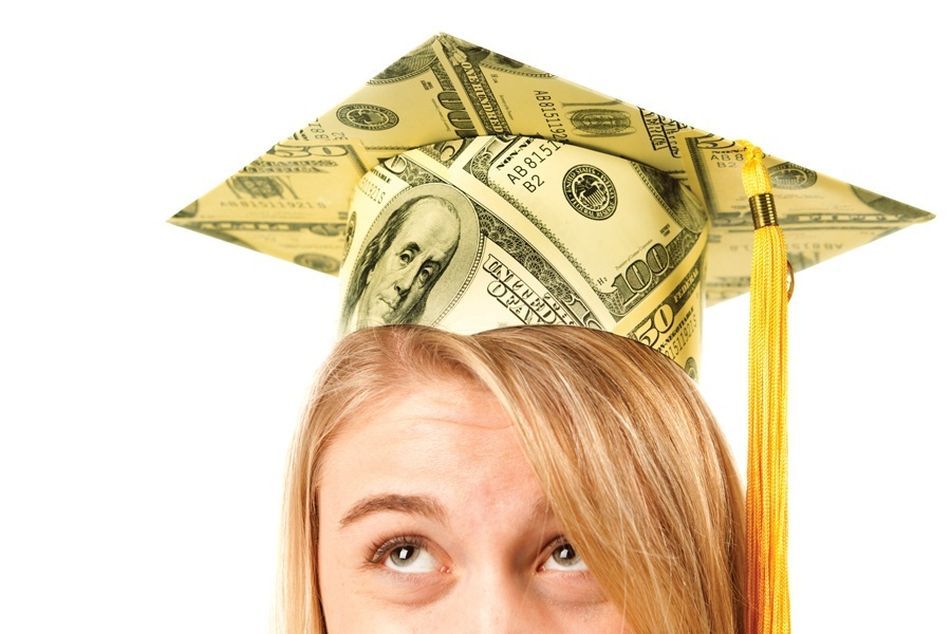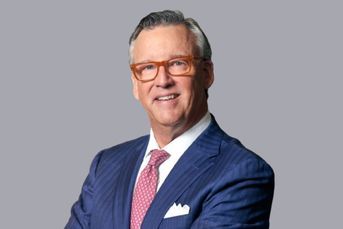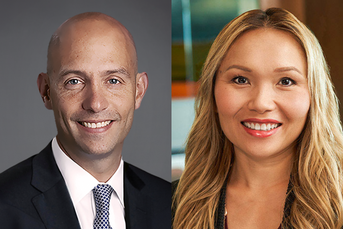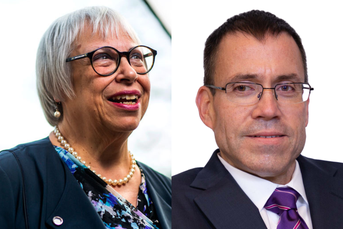That student loan crisis is about to get real, again

Federal student loan borrowers have been clear that they are in no shape to start making payments again.
It wasn’t so long ago that I struggled with money.
In my 20s — OK, maybe it was some time ago — I accepted my first full-time job in journalism, being paid scantly more than minimum wage. Financially, it was a questionable decision, as I had left a steady job with good-enough pay and benefits for the promise of a more exciting career.
Inevitably, the bills began piling up. I took an additional job on nights and weekends, peddling vegan shoes to folks in the Denver area.
I still struggled to cover the basics: a mortgage, groceries, insurance and utilities. An emergency vet bill put me over the edge, and I got my first credit card, maxing it out to cover the procedure my dog needed.
I prioritized which bills I would pay. At the bottom of the list were my student loans. After all, the mortgage provider could take away my house, but the student-loan servicers couldn’t take away my diplomas. Right?
But the people from loan companies called often, wanting to know where their money was. It is not a time I look back on fondly. I would not wish financial distress on anyone — save for an exclusive list of prominent people who have done very bad things.
Amid the pandemic, most borrowers have seen some benefits from the federal student loan payment freeze that was implemented and extended several times. For those who were struggling, getting a break from those payments might have been all but a lifesaver. And for people with good financial health, the payment holiday helped some chip away at debt faster or build up savings.
That changes on Feb. 1, when payment requirements resume.
Of the nearly 43 million people who have federal student loan debt, 35 million qualified for relief under the 2020 CARES Act, according to data from the Education Data Initiative. The total amount of outstanding federal loans is $1.59 trillion, with the average balance at just over $37,000. Student debt is also an issue that disproportionately affects Black and Native American graduates, who often have much higher balances and payments.
Following three rounds of stimulus payments and child tax credits since the pandemic began, people have slightly more money than they did before. Data from JPMorgan Chase show median checking account balances up across income levels, though the amounts are down considerably from figures in March, when the third round of stimulus payments were made.
But for people in the first and second quintiles by income, the increase in cash might be barely noticeable, with median account balances at $1,000 and $1,300 as of September, respectively, up from roughly $600 and $1,000 in January 2020. While those are big increases as percentages, they aren’t much in dollars.
That also does not take inflation into account, with the rising costs of everything being a very real concern for people just getting by. And of course, accounts have been less strained over more than a year and a half without student loan payments coming out of them.
Borrowers have been clear that they are in no shape to start making payments again.
Three-quarters of people with federal student loans said they will at least be somewhat negatively affected by the end of the Covid-19 forbearance period, according to results of a survey published Monday by Bankrate and BestColleges. More than 40% said they will put less money into emergency savings or contribute less to their retirement accounts, and just about as many said they would see their discretionary income decline. More concerningly, over a third said it will be tougher to pay for groceries and other necessities.
Nearly 90% of borrowers said that the payment suspension helped allow them to pay other bills, although 44% indicated they will not be able to make payments when they resume, a separate recent survey from Savi and the Student Debt Crisis Center found.
To adjust, about a third of people are planning to cut back on discretionary spending, according to Bankrate. A quarter said they would seek jobs with higher pay, and about as many said they are planning to get a second job.
Employers are quite aware of this, and some have been adding student-loan payment perks in hopes of getting younger workers to apply. Presumably, those arrangements are going to help indebted workers come February.
Congress has encouraged this, allowing companies to help pay down as much as $5,250 annually for a worker’s student loans until 2025. There is even a cottage industry arising for businesses that help employers implement student-loan assistance programs.
We have not decided that higher education is a right — one that we collectively could pay for, investing in our own people and wellbeing. Our next-best option seems to be relying on employers to come to the rescue, much in the way we are dependent on them for health insurance and retirement benefits.
While that’s better than nothing, it’s anything but ideal.
Learn more about reprints and licensing for this article.








